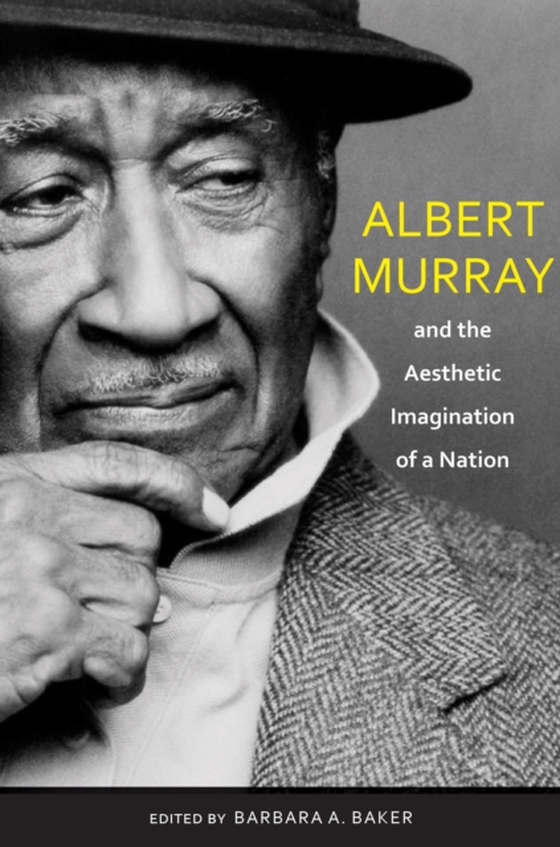
Albert Murray and the Aesthetic Imagination of a Nation e-bog
329,95 DKK
(inkl. moms 412,44 DKK)
The first book-length study of the writings, work, and life of Renaissance man and Alabama native Albert MurrayThis collection consists of essays written by prominent African American literature, jazz, and Albert Murray scholars, reminiscences from Murray protgs and associates, and interviews with Murray himself. It illustrates Murray's place as a central figure in African American arts and let...
E-bog
329,95 DKK
Forlag
Pebble Hill Books
Udgivet
26 juli 2010
Længde
249 sider
Genrer
1KBB
Sprog
English
Format
epub
Beskyttelse
LCP
ISBN
9780817384883
The first book-length study of the writings, work, and life of Renaissance man and Alabama native Albert MurrayThis collection consists of essays written by prominent African American literature, jazz, and Albert Murray scholars, reminiscences from Murray protgs and associates, and interviews with Murray himself. It illustrates Murray's place as a central figure in African American arts and letters and as an American cultural pioneer. Born in Nokomis, Alabama, and raised in Mobile, Albert Murray graduated from Tuskegee University, where he later taught, but he has long resided in New York City. He is the author of many critically acclaimed novels, memoirs, and essay collections, among them The Omni-Americans, South to a Very Old Place, Train Whistle Guitar, The Spyglass Tree, and The Seven League Boots. He is also a critic and visual artist, as well as a lifelong friend of and collaborator with artistic luminaries such as Ralph Ellison, Duke Ellington, and Romare Bearden. As such, his life and work are testaments to the centrality of southern and African American aesthetics in American art. Murray is widely viewed as a figure who, through his art and criticism, transforms the "e;fakelore"e; of white culture into a new folklore that illustrates the centrality of the blues and jazz idioms and reveals the black vernacular as what is most distinct about American art.
 Dansk
Dansk

